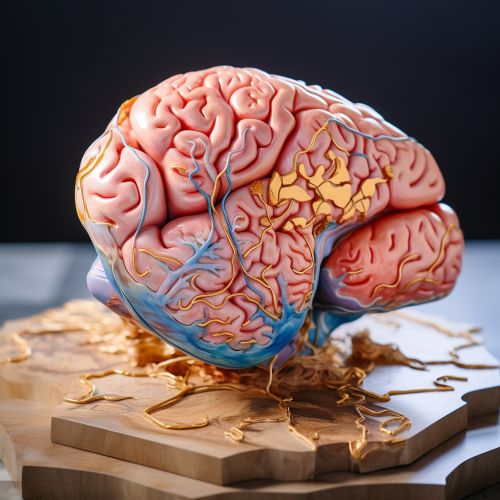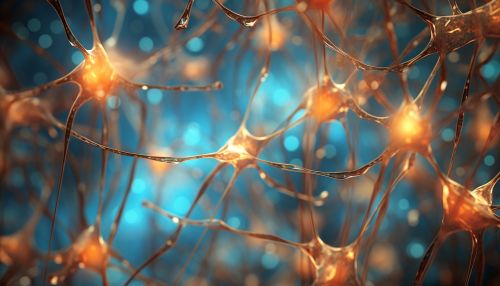Cognitive Neuroscience of Cognitive and Motor Learning
Introduction
Cognitive neuroscience is a branch of neuroscience that explores the biological processes that help us understand complex cognitive and motor learning. This field combines the principles of psychology and neurology to study how individuals perceive, process, and interpret the world around them.


Cognitive Learning
Cognitive learning is a type of learning that is active, constructive, and long-lasting. It engages students in the learning processes, promoting deeper understanding and the application of what is learned to real-life situations. Cognitive learning theory encompasses various psychological activities, including thinking, remembering, problem-solving, and information-processing.
The Neuroscience of Cognitive Learning
Cognitive learning is deeply rooted in the functioning of the brain. The neocortex, the largest part of the human brain, plays a pivotal role in higher-order brain functions such as sensory perception, cognition, generation of motor commands, spatial reasoning, and language. The prefrontal cortex, a part of the neocortex, is particularly involved in cognitive learning. It is responsible for executive functions such as decision-making, cognitive control, and memory processing.
Motor Learning
Motor learning is a subset of learning that involves the acquisition of skills involving movement. It is a process that starts with practice and eventually leads to long-term changes in the ability to produce skilled actions. Motor learning is not merely a matter of physical training; it also involves cognitive processes.
The Neuroscience of Motor Learning
The primary brain regions involved in motor learning are the cerebellum and the basal ganglia. The cerebellum is responsible for fine-tuning motor commands from the cerebral cortex, contributing to the precision and timing of movements. The basal ganglia, on the other hand, are involved in the initiation of voluntary movement and the establishment of motor habits.
The Interplay of Cognitive and Motor Learning
Cognitive and motor learning are not isolated processes; they often interact and influence each other. For instance, cognitive strategies can enhance motor learning, while motor experiences can shape cognitive development. This interplay is evident in activities that require both cognitive understanding and motor skill, such as playing a musical instrument or participating in sports.
The Role of Neuroplasticity in Learning
Neuroplasticity, or the brain's ability to reorganize itself by forming new neural connections, plays a crucial role in both cognitive and motor learning. When we learn something new, our brain changes its structure and function to accommodate the new information or skill. This plasticity is what enables us to learn and adapt throughout our lives.


Future Directions in Cognitive Neuroscience of Learning
As our understanding of the brain continues to grow, so too does the potential for advancements in the cognitive neuroscience of learning. Future research may focus on developing more effective learning strategies based on our understanding of the brain, or on finding ways to enhance neuroplasticity to improve learning outcomes.
